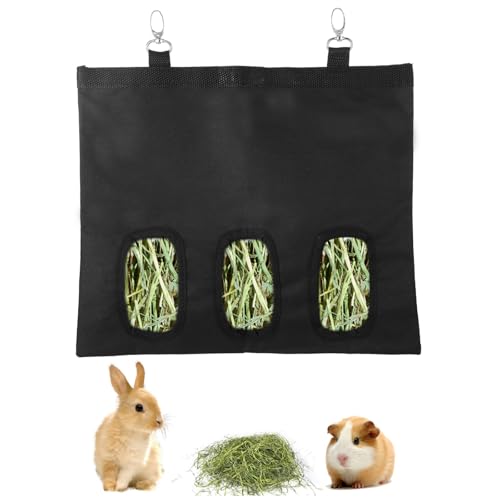Has anyone already tried an experiment of raising meat rabbits in cages vs raising them in tractors with space to jump around? And then decided which way is better? My thought is that if growing rabbits for meat, meat = muscle, muscle is developed by exercise. I would be interested to know the pros and cons of each, what weights the same rabbits get to within the first 10-12 weeks if brought up one litter in cages and one litter on the ground? Also be interested to know if there was any difference in taste of meat as a result of exercise? Or is this more to do with diet?
I don't have a big farm, so would struggle to move tractors on a frequent enough basis (tractors are really out of the question, it would be more having a permanent grass space set up or a raised grow-out cage). I don't know how keen I am on having them on the same bit of dirt, no matter how big an area it is, as I am thinking it would become a breeding hotspot for all the parasites and things I don't want in my rabbitry?
I have thought of building my grow out pen up off the ground and having it slatted or solid wood floor, and a couple of layers so the buns can run around on each wooden floor and have space to jump and grow. First litter born yesterday, so still new to rabbits and still getting set up, hence I haven't already had a grow out pen.
I thankfully live in an area where there aren't wild rabbits in the immediate vacinity (that I'm aware of, but I wouldn't rule them out completely), but I know flies and mosquitoes can carry viruses and diseases and coccidiosis, so I am still a bit wary and careful about letting little buns out on the grass when they don't have as strong an immunity as an adult rabbit. I let the breeding stock rabbits out on the grass for exercise on a regular basis, but if I lived in a more rural area where coccidiosis was everywhere I wouldn't.
Be interested to know everyone's proven results and thoughts from their own experiences!
Thanks all

























